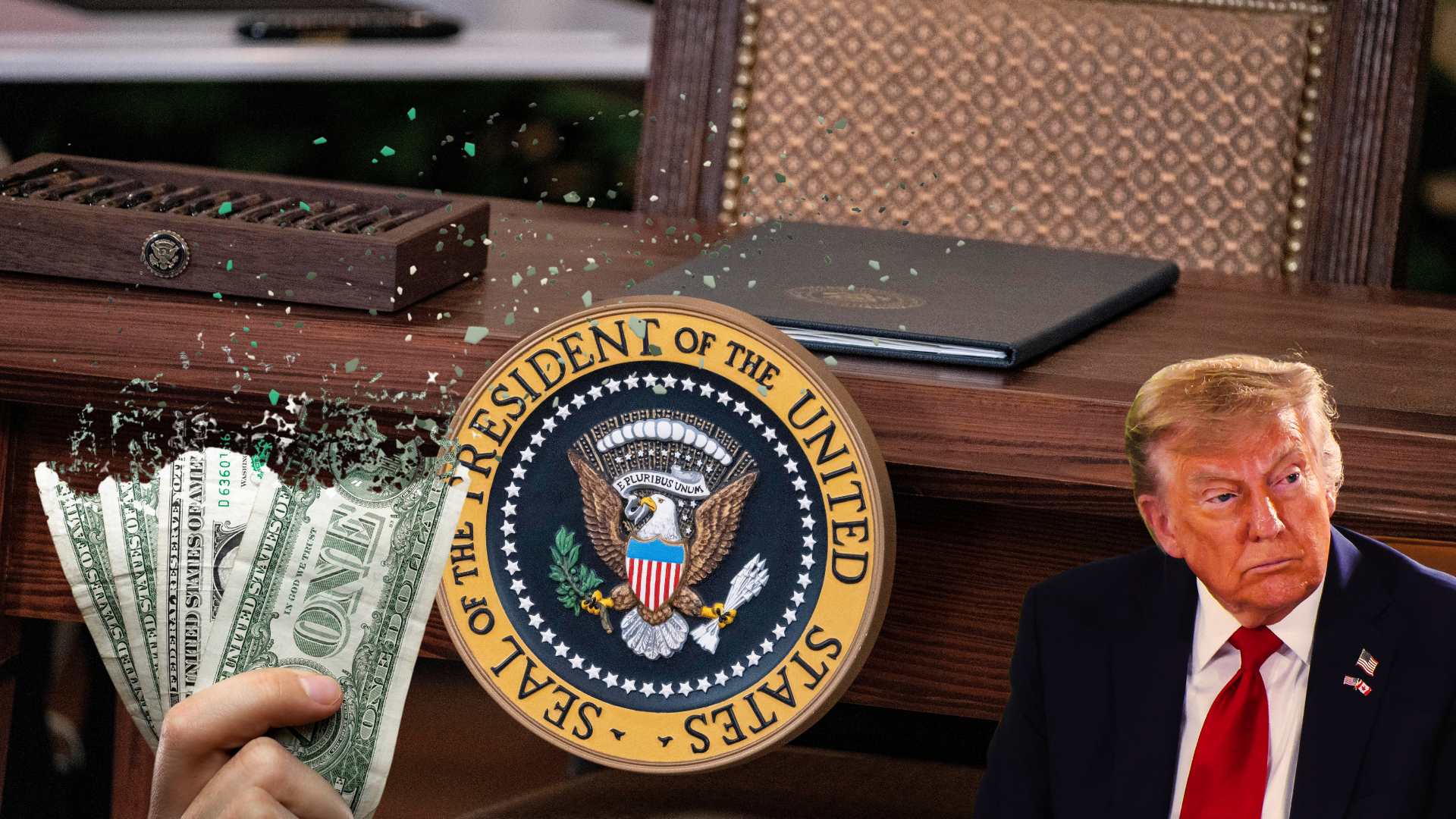
Media outlets highlight PESP’s warnings on private equity in 401Ks
August 20, 2025
Trump Executive Order Opens 401(k) Plans to Private Equity, Prompting Serious Concerns
Executive Order Summary
This month, President Trump signed an executive order that instructs the Department of Labor (DOL), Securities and Exchange Commission (SEC), and Treasury Department to revisit fiduciary guidance and regulations governing retirement plans. Its stated goal is to expand the ability of 401(k) plans to include alternative assets such as private equity, real estate, infrastructure, and cryptocurrency.
The order does not immediately change existing law, but directs agencies to create a regulatory framework that could bring new, high-risk products into retirement accounts while limiting fiduciary liability for plan sponsors.
Why Critics Are Concerned
While the administration has presented the policy as expanding investment opportunity, critics have raised significant concerns:
- High fees: Private equity funds typically charge fees far higher than those in index funds or mutual funds, eroding long-term savings.
- Illiquidity and opacity: Alternative assets are not designed for daily trading and are difficult for workers to evaluate or understand.
- Leverage exposure: Heavy reliance on debt magnifies potential losses during market downturns.
- Fiduciary risk: Plan sponsors could face lawsuits if workers lose money in high-cost, opaque funds.
- Track record of harm: Private equity’s role in bankrupting hospitals, retailers, and nursing homes demonstrates the risks of applying these same strategies to retirement accounts.
The Private Equity Stakeholder Project (PESP) has warned that the order shifts risk from Wall Street to workers, putting retirement security at stake.
Media Coverage Featuring PESP
Newsweek
“Higher costs eat into savings,” the watchdog told Newsweek. “Private equity funds usually charge much higher fees than index funds—sometimes multiple layers of them—and those fees add up over time, leaving you with less money at retirement.”
Private Debt Investor
PESP executive director Jim Baker explained:
“There’s a significant lack of transparency, fees have traditionally been much, much higher… two and 20, or maybe a bit lower in some funds, is substantially higher than the fees typical 401(k) participants are used to.”
He added that leverage in private funds jeopardizes workers’ retirement savings.
HR Dive
PESP policy director Chris Noble stated:
“President Trump’s Executive Order poses a significant risk to the financial security of millions of hardworking Americans. We’ve seen these firms send hospital systems, retailers, and other companies into bankruptcy while they profit and laugh all the way to the bank.”
401(k) Specialist Magazine
The publication reported on industry enthusiasm for the order but also cited PESP’s warnings about high fees and limited transparency, raising questions about private equity’s suitability for retirement accounts.
“President Trump’s Executive Order poses a significant risk to the financial security of millions of hardworking Americans. We’ve seen these firms send hospital systems, retailers, and other companies into bankruptcy while they profit and laugh all the way to the bank,” said Chris Noble, Policy Director at the Private Equity Stakeholder Project in a statement released today. “President Trump is inviting them to do the same with the retirement savings of millions of American workers. Introducing these investments into 401(k)s, which are meant to be a nest egg for retirement, is a reckless decision that could lead to unnecessary financial harm for unsuspecting savers.”
CNBC
CNBC reported that PESP cautioned the executive order would extend the same high-risk model used in other sectors into retirement accounts:
“The rules aren’t as standard with private investments,” said Chris Noble, policy director at the Private Equity Stakeholder Project, a nonprofit watchdog organization.
That makes it hard to compare the values of private versus public assets. “I’d argue, because of that, [401(k) investors] are just fine with stock and bonds,” said Noble.
Conclusion
The executive order represents a major policy shift that could reshape retirement investing. While framed as expanding opportunity, the move raises substantial concerns about fees, transparency, and long-term risk. PESP’s analysis was reflected across a range of outlets, ensuring these risks were part of the broader public conversation.
